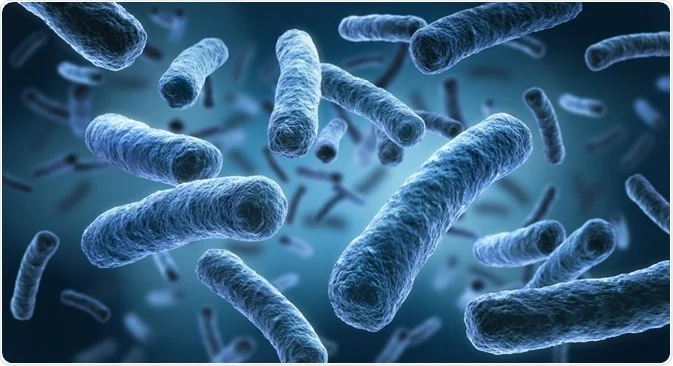A unique approach to bacterial viability detection has been put out by Prof. Guo Shifeng’s group at the Chinese Academy of Sciences’ Shenzhen Institute of Advanced Technology (SIAT). This method bridges the gap between physical measurement and artificial intelligence. The research was released in the Physical Science Cell Reports journal.
Bacterial viability detection is crucial in the pharmaceutical, medical, and food industries. However, a quick and non-destructive method for discriminating between intact living and dead bacteria remains difficult.
To determine the survivability of both Gram-positive and Gram-negative bacteria, Prof. Guo’s group has developed a reliable and user-friendly methodology that combines machine learning algorithms, quantitative nanomechanics, and atomic force microscopy (AFM) imaging.
The scientists used liquid AFM to collect morphological and force spectroscopy data from both living and dead bacteria. The force spectroscopy data was then processed to extract key data points such as deformation, bacterial spring constant, and Young’s modulus values.
These collected parameters were used as inputs in the computational framework, which created a stacking classifier. This classifier worked quickly and autonomously, determining bacterial viability in a timely and automated manner.
Prof. Guo stated that in the future, they hope to broaden the use of this technology to detect viability in other bacterial species and investigate its potential in a variety of environmental and biological scenarios.
This work demonstrates the value of interdisciplinary collaboration in creating scientific advances and provides a solid foundation for future research in microbiology, nanotechnology, and machine learning.








